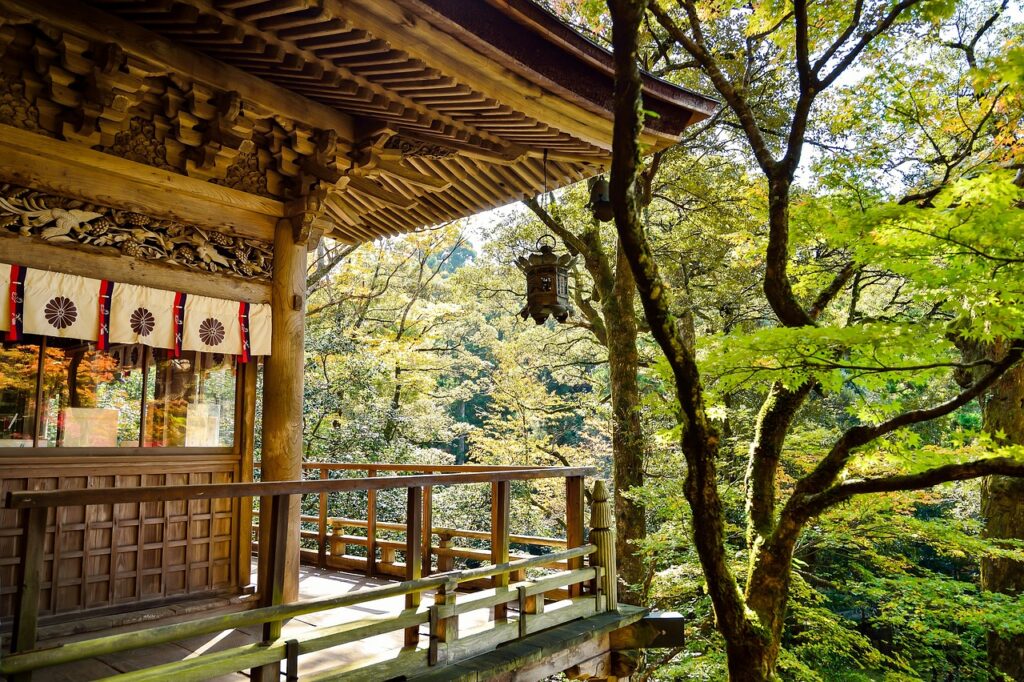
Japanese gardens are renowned for their natural beauty and tranquility. These gardens reflect the aesthetic and design principles deeply rooted in Japanese culture, offering visitors a sense of peace and calm. In this article, we will explore the history and structure of Japanese gardens, discover ways to incorporate Japanese elements into your own garden, and highlight the benefits of creating such a serene space in your backyard.
1. The History of Japanese Gardens
Japanese gardens have a centuries-old history. Initially developed around Buddhist monasteries, these gardens emphasize minimalism and natural beauty, influenced by Zen philosophy. The aim was to create a serene environment for meditation and contemplation.
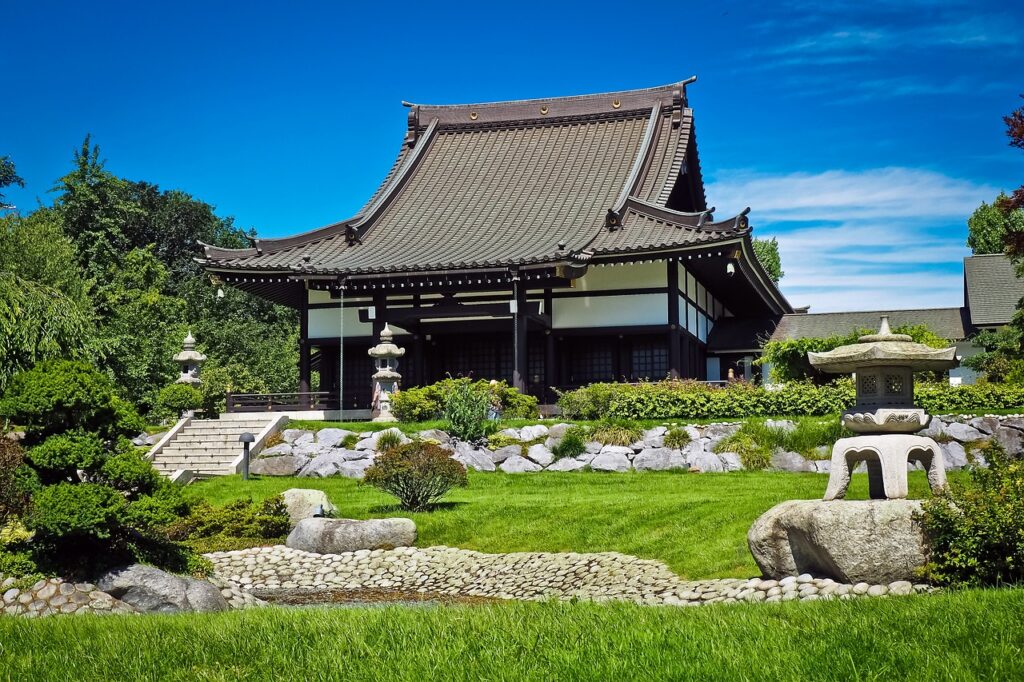
The earliest forms of Japanese gardens can be traced back to the Asuka period (538-710 AD). These gardens were inspired by Chinese landscapes and were primarily designed for the imperial family and nobility. Over time, Japanese garden design evolved, incorporating native elements and philosophies. During the Heian period (794-1185 AD), gardens became more elaborate, featuring ponds, islands, and bridges. The Kamakura and Muromachi periods (1185-1573 AD) saw the rise of Zen gardens, characterized by their simplicity and symbolic use of rocks and sand.
2. Key Elements of Japanese Gardens
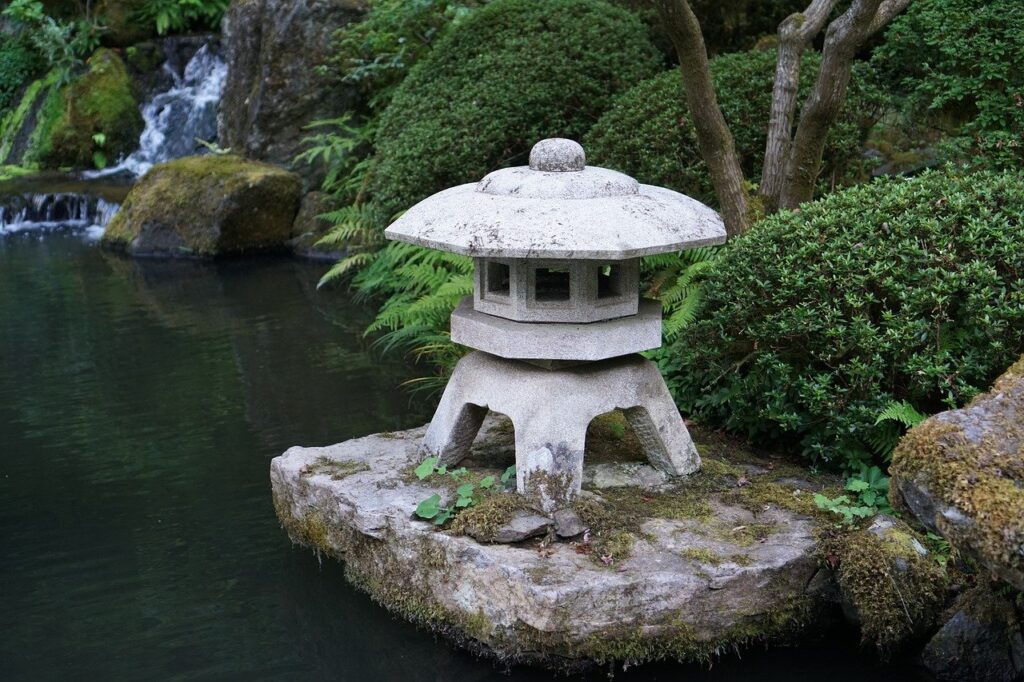
- Water Features: Ponds, streams, and waterfalls are common in Japanese gardens, symbolizing the flow of life and enhancing the sense of tranquility. Water features often serve as focal points, providing visual interest and soothing sounds that promote relaxation.
- Stones and Gravel: Stones represent mountains or islands, while gravel is often raked into patterns to resemble waves or ripples in water. This element is particularly prominent in Zen gardens, where the act of raking gravel is a meditative practice.
- Plants: Traditional Japanese gardens use a variety of plants, including maples, cherry blossoms, and moss, to create a natural and harmonious landscape. Each plant is carefully chosen for its seasonal beauty and ability to complement the overall design.
- Bridges and Pathways: Bridges and pathways guide visitors through the garden, encouraging them to explore and appreciate the different perspectives. These structures are often made from natural materials like wood and stone to blend seamlessly with the surroundings.
- Ornaments: Stone lanterns, pagodas, and water basins are common ornaments in Japanese gardens, adding cultural and historical significance. These elements are strategically placed to enhance the garden’s aesthetic and evoke a sense of timeless beauty.
3. Designing Your Own Japanese Garden
Creating a Japanese garden in your backyard can be a rewarding project. Here are some tips to get you started:
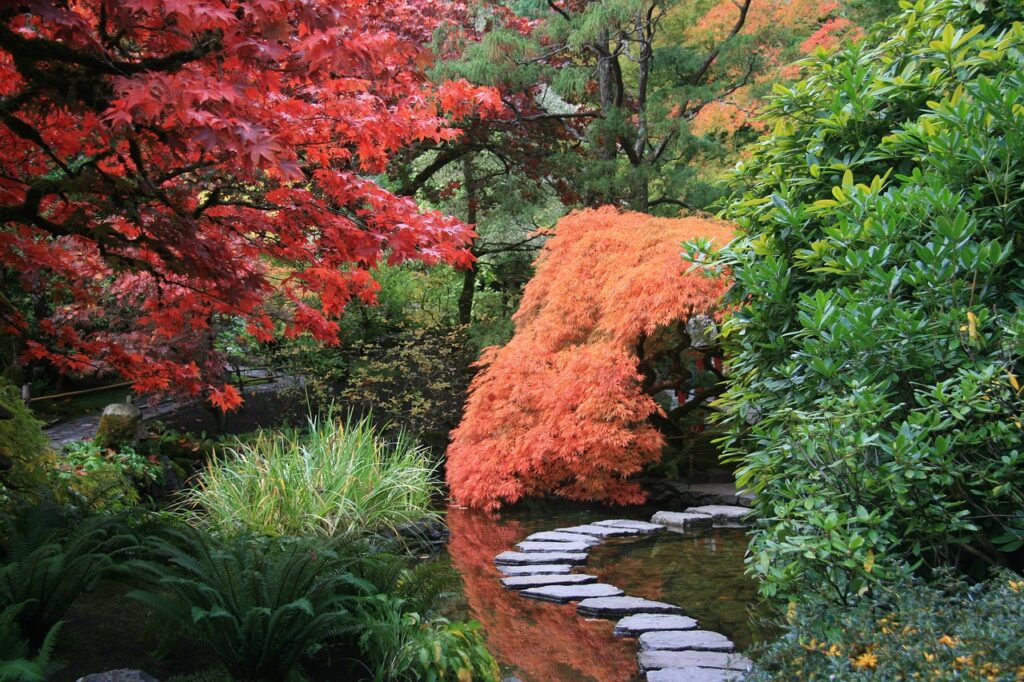
- Start with a Plan: Sketch your garden layout, incorporating key elements like a water feature, stone arrangements, and plant selection. Consider the size and shape of your space, as well as how you want to use it.
- Choose Appropriate Plants: Opt for plants that thrive in your climate but still evoke a Japanese aesthetic, such as Japanese maples, bamboo, and azaleas. Research their growth habits and care requirements to ensure they fit well within your garden.
- Incorporate Japanese Garden Ornaments: Stone lanterns, pagodas, and bridges can add an authentic touch to your garden. Look for high-quality replicas or authentic pieces to enhance the overall design.
- Create a Sense of Balance and Harmony: Japanese gardens are known for their balance and harmony. Pay attention to the proportions and placement of each element, ensuring they work together to create a cohesive and serene environment.
- Include a Seating Area: A bench or pavilion can provide a comfortable spot to sit and enjoy the beauty of your garden. Choose a location that offers a good view of the main features and is shaded during the hottest part of the day.
4. Benefits of Japanese Gardens
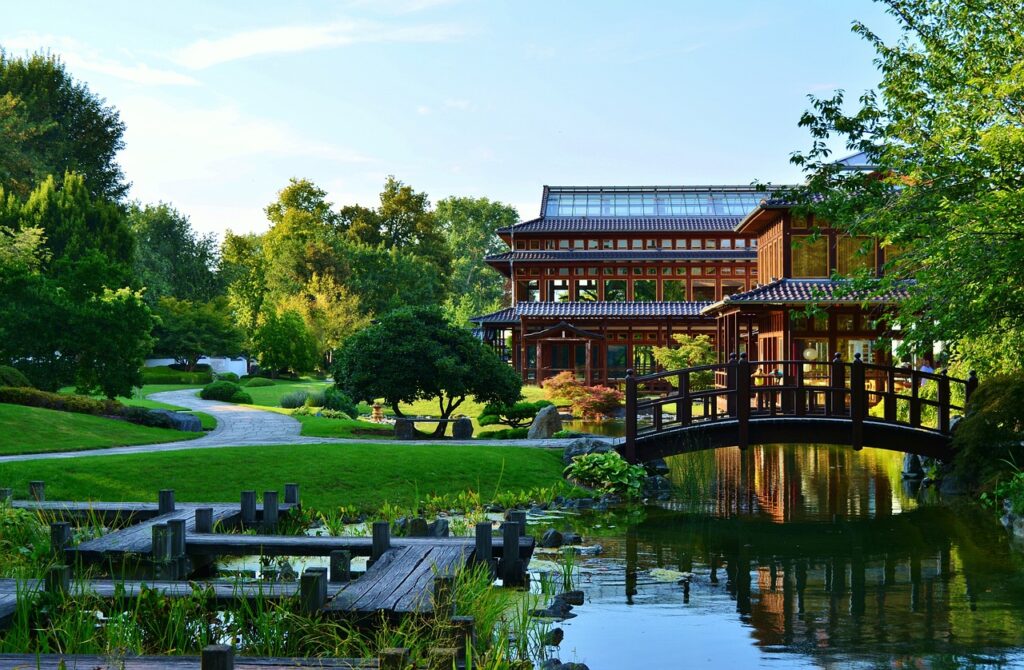
Japanese gardens offer numerous benefits, including:
- Stress Reduction: The serene environment promotes relaxation and reduces stress. Spending time in a Japanese garden can lower blood pressure, reduce anxiety, and improve overall well-being.
- Aesthetic Appeal: The carefully arranged elements create a visually pleasing and harmonious space. The beauty of a Japanese garden can inspire creativity and provide a sense of pride in your outdoor space.
- Connection with Nature: Spending time in a Japanese garden fosters a deeper appreciation for nature and its beauty. It encourages mindfulness and helps you reconnect with the natural world.
- Educational Opportunities: Japanese gardens can serve as living classrooms, offering opportunities to learn about botany, horticulture, and Japanese culture. They provide a space for children and adults alike to explore and discover new things.
- Social Interaction: Japanese gardens can be a wonderful place to host gatherings, tea ceremonies, or meditative sessions. Sharing this peaceful space with friends and family can strengthen bonds and create lasting memories.
5. Seasonal Changes in Japanese Gardens

One of the most enchanting aspects of Japanese gardens is their ability to showcase the changing seasons. Each season brings its own unique beauty and character to the garden:
- Spring: Cherry blossoms and azaleas burst into bloom, creating a vibrant and colorful display. This season symbolizes renewal and the fleeting nature of life, encouraging visitors to appreciate the present moment.
- Summer: Lush greenery and the soothing sound of water features provide a cool and refreshing retreat. Shade-loving plants like ferns and hostas thrive, adding texture and depth to the garden.
- Autumn: The foliage of Japanese maples and other deciduous trees turns brilliant shades of red, orange, and yellow. This season celebrates the beauty of change and the richness of the harvest.
- Winter: Evergreen plants and the architectural elements of the garden stand out against the starkness of winter. Snow-covered stones and branches create a serene and contemplative atmosphere.